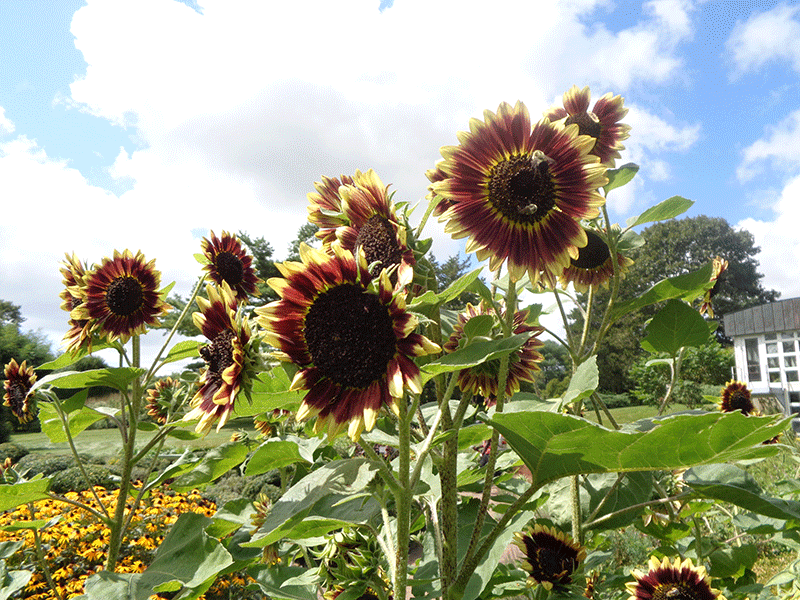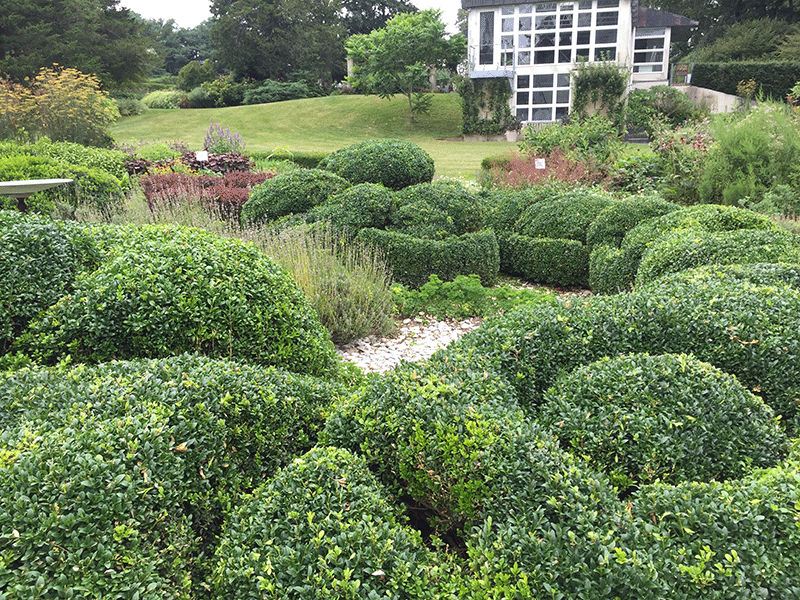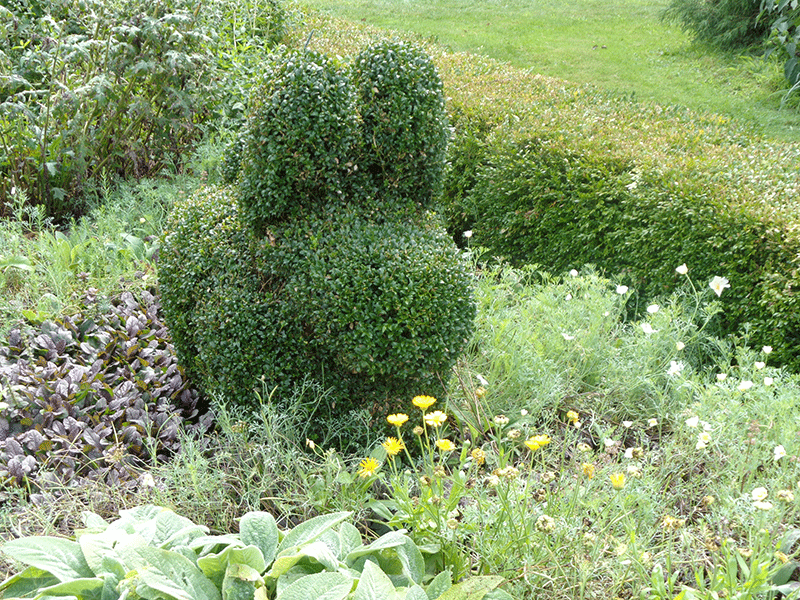Blog
A Note from Rick | September Garden Advice from Bridge Gardens
By Rick Bogusch
September's changing light signals changes in the garden.
One of the most noticeable changes that comes with the latter part of summer is the change in sunlight. It becomes less of a bright, hot, white light and more of a golden glow, especially in the afternoon as the sun’s late summer trajectory brings it lower in the sky. Shorter daylight hours send messages to plants and animals in the garden resulting in less production of food for themselves, and also for us. Less sunlight is a biochemical signal to instead produce seed and produce another generation, or to store up enough food under the ground to withstand winter and re-emerge in spring. So, it’s reproduce or bust!
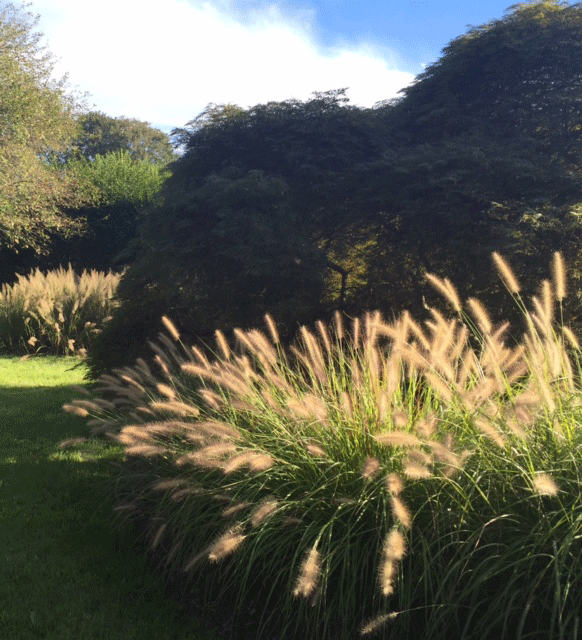
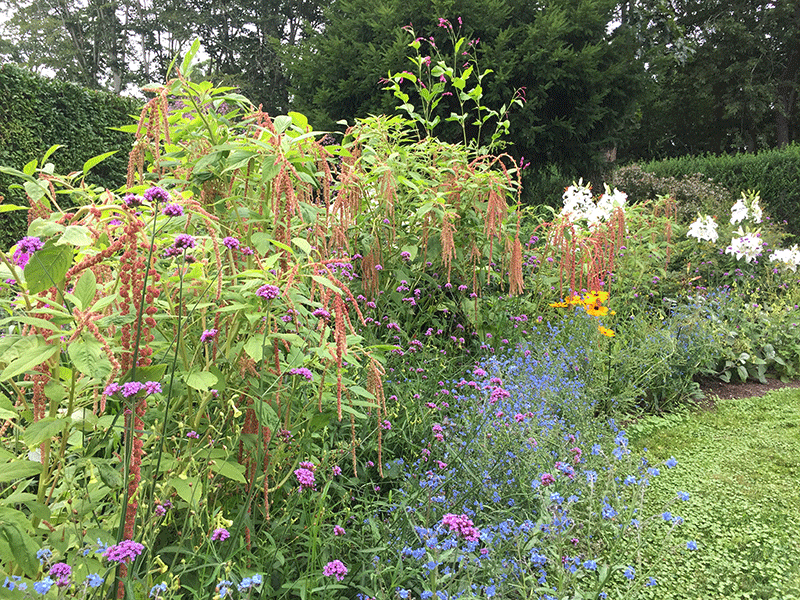
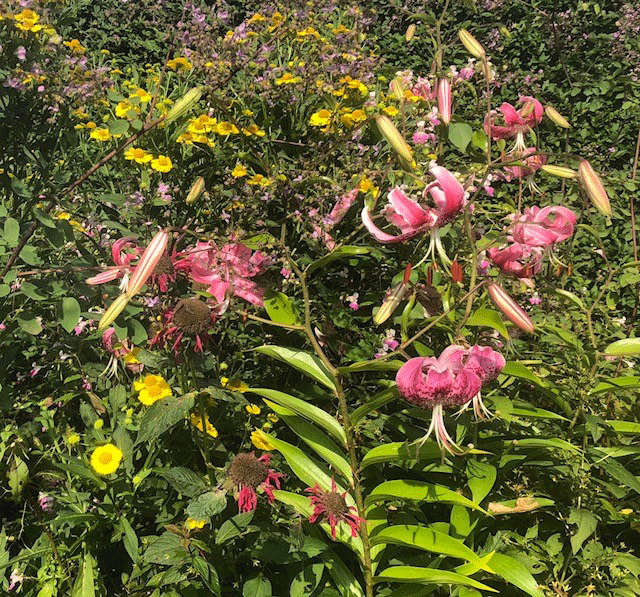
Interestingly, I find this is a great time for productivity in the vegetable garden. Lettuce, arugula, leaf kale, and many kinds of greens including spinach and cilantro can all be sown in September with wonderful results late into the autumn season. I always sow 3-5 rows of spinach now, maybe harvest a crop in a month and a half, then cover for winter and enjoy an early harvest in March. We harvested 40 pounds of spinach this past Spring 2019 from spinach planted in Fall 2018 and gave much of it to the Sag Harbor Food Pantry clients. They were thrilled.
There’s also still plenty of time to sow radishes and also Miner’s lettuce. This is a wonderful green that thrives in late season or in a cold frame, and you can purchase seed from Johnny’s Seeds for planting this month. Whether you’re planting your own, or visiting the many local farm stands, September offers much to enjoy in the Garden.
![block.image[0].title](/assets/images/BG-early-spinach.gif)
Elsewhere in the garden, the perennial bed located in the Inner Garden is awash with color. Most noticeable are the towering Asian lilies, intertwined with meadow rue and Helenium, commonly referred to as sneezeweed. Not to be confused with allergens like rag weed which is part of the aster family, sneezeweed — a member of the sunflower family — earned its name because of the use of its dried leaves to make snuff.
When you visit, stop by the herb garden to see the recently pruned boxwood knot. This showcase piece, which gives structure to the 4-quadrant herb garden, was planted as part of the original design by founders Jim Kilpatric and Harry Neyens. Tended carefully over many years, it has grown into a beautiful sculpture, not often seen in gardens of the Hamptons. To look its best, the knot garden is pruned at least twice each year. Nearby, the soft texture of lambs ear, whimsical topiary and towering sunflowers will delight you.
